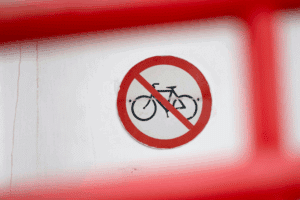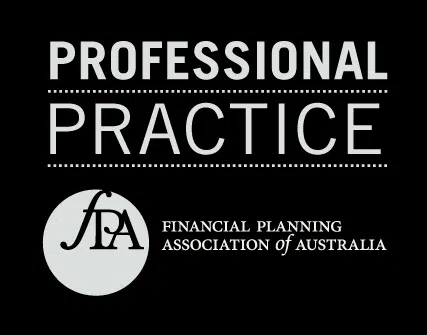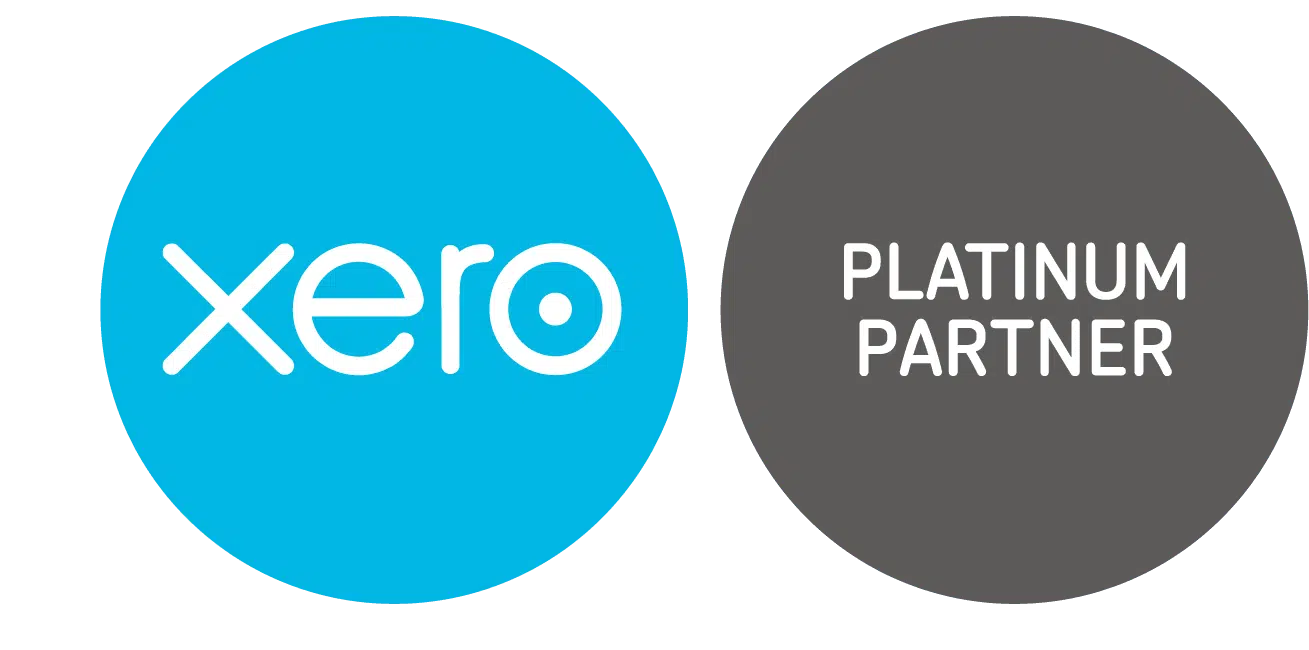Stop the hidden hospitality profit squeeze: See the two hidden costs and how to increase restaurant profit margins before it’s too late.
There’s a conversation happening in kitchens across Tasmania that nobody wants to have out loud; but if you’re trying to increase restaurant profit margins, it’s one you can’t avoid.
A restaurant owner in Hobart sits down with their accountant. They’ve done the maths on their signature pasta dish. With food costs significantly higher than just a few years ago, wages rising every year, and rent never stopping to rise, the numbers tell a clear story. To maintain the same margins they had three years ago, that pasta needs to be $60.
“But I can’t charge that,” they say. “My customers would walk out.”
And they’re right. In their market, serving their customer base, $60 for pasta isn’t just expensive; it’s outrageous. Sure, there are high-end restaurants pulling it off. But a neighbourhood Italian place in Hobart? Not a chance.
So instead, they charge $32. The restaurant stays full. The reviews stay positive. And every single plate they serve makes them less money than it should.
If this sounds familiar, you’re not alone. In our work with hospitality businesses across Tasmania, we’re seeing the same squeeze play out everywhere. From coffee shops to restaurants to pubs, the maths has fundamentally changed, but the market hasn’t kept pace.
“It’s a struggle out there,” says Bruno Palermo, one of our senior advisers who works across the hospitality sector. “It’s a different environment from just a few years ago. Massively different; and it’s forcing owners to rethink how they increase restaurant profit margins just to stay viable.”
The question isn’t whether this affects you. It’s whether you’re tracking exactly how much it’s costing you, and whether there are hidden costs making things even worse than you realise.
We’ve written before about cash flow traps that affect all businesses. But hospitality faces two specific challenges that compound everything else: the pricing trap and the platform tax.
Let’s look at both, and more importantly, what you can actually do about them.
Hidden Cost #1: The Pricing Trap (Why It’s Killing Your Ability to Increase Restaurant Profit Margins)
Here’s what makes hospitality uniquely brutal right now. Being busy doesn’t mean you’re profitable.
In most industries, when your costs go up, you raise your prices to match. Your margins stay intact, your customers grumble a bit, and life goes on. But hospitality doesn’t work that way. You’re not just competing on quality or convenience. You’re competing on perceived value in a category where customers know exactly what things “should” cost.
That pasta? Customers have anchored expectations. They’ve been paying $25-$35 for pasta for years. When you bump it to $38, they notice. When you try to push it past $40, they start questioning whether they should just cook at home.
Meanwhile, your actual costs keep climbing:
- Food costs: Significantly higher than pre-COVID
- Wages: Award increases every year, plus super going up
- Rent: Never negotiable downward
- Energy: Dramatically increased
- Packaging: (if you’re doing takeaway) adding up fast
You might nudge your menu prices up 10% here, 15% there. But you’re never catching up to the actual cost increases. The gap between what you’re charging and what you need to charge to maintain margins is slowly bleeding your business.
“The cream just isn’t there anymore,” as one operator put it to us recently.
The wake-up call: Pull your last three months of sales data. Compare your food cost percentage to what it was two years ago. If it’s crept up more than 2-3 percentage points, your margins have quietly disappeared. You might be just as busy as ever, maybe even busier, but you’re making less on every single transaction.
What to Actually Do About It: Menu Engineering Tactics to Increase Restaurant Profit Margins
You can’t charge $60 for pasta in a market that won’t bear it. But you can get surgical about understanding what’s actually making you money.
Start with a menu audit. Not a gut-feel exercise. Actual numbers. For every item you sell, calculate:
- True food cost (including waste)
- Labour time to prep and serve
- Actual margin after all costs
You’ll likely discover some uncomfortable truths. That popular pasta that keeps customers happy? Might be your biggest loser. That side dish everyone adds on? Could be your quiet hero.
This isn’t about panic pricing or doubling everything overnight. It’s about menu engineering, driven by data and profitability, not guesswork. That’s how you increase restaurant profit margins without chasing volume. Which items can carry a strategic price increase without customer pushback? Which ones need to be quietly retired? Which profitable dishes should you be actively promoting?
“We can test recent sales to say, ‘What was your margin on that job? What did you actually get out of it?'” Bruno explains. “There’s obviously going to be two different numbers, and it won’t be a rosy picture. But at least you’ll know.”
Sometimes the answer isn’t changing prices at all. It’s changing the menu and subbing in a different protein that’s more cost-effective. Simplifying prep to reduce labour. Highlight the items that actually make you money instead of the ones that just look good on Instagram.
Hidden Cost #2: The Platform Tax (The Hidden Threat to Restaurant Profit Margins)
Remember when Uber Eats and Menulog seemed like the answer? Easy extra revenue during COVID. Customers who might never visit in person. What’s not to love?
Then you started noticing something odd. You were busier than ever, but your bank account told a different story. That’s right, that “extra revenue” might be costing you money.
Here’s what most operators don’t realise: delivery platforms aren’t just taking their commission and walking away. The true cost is much higher, and it’s often invisible.
Let’s work through an example. A customer orders $50 worth of food through Uber Eats:
- Platform commission (35%): -$17.50
- Packaging costs: -$3.50
- Extra labour (bagging, coordination): -$2.00
That $50 order just became $27 before you’ve even covered the actual food cost. If your food cost runs around 30%, you’re down to roughly $12 in gross margin. After covering your fixed costs like rent, utilities, and permanent staff, you might be making a few dollars per order. Or nothing. Or actually losing money.
“People just don’t look at the numbers as much as they probably should,” Bruno observes. And he’s right. Most operators see “$50 sale” and feel good about it. They don’t realise they’d have been better off closing early and going home.
Now, that doesn’t mean all platforms are bad all the time. If you’ve got excess capacity and high-margin items, delivery can work. A $20 pizza that costs you $4 in ingredients and travels well? That can make sense. But a complex dish that requires careful plating, has a higher food cost, and arrives soggy? You’re working hard to lose money.
What to Actually Do About It: How Delivery Platforms Erode Profit (And What to Do to Increase Restaurant Profit Margins)
Run a Platform Profitability Check. Pull your last quarter’s statements from Uber Eats, Menulog, DoorDash, whatever you’re using. For each platform, calculate:
- Gross sales
- Minus commission
- Minus packaging
- Minus additional labour
- What’s actually left?
Then compare that to your dine-in margin on similar items. The answer might surprise you. Especially if you’ve never run the numbers on how delivery is affecting your ability to increase restaurant profit margins.
If the numbers aren’t working, you have options:
- Optimise: Remove low-margin items from delivery menus. Focus only on items that travel well and maintain good margins even after commissions.
- Negotiate: If you’re doing volume, some platforms will negotiate better commission rates. It’s worth asking.
- Alternative systems: Square, direct ordering through your website or your own delivery staff for regulars. These might require upfront investment, but can dramatically improve margins.
- Exit: Sometimes the right answer is to quit platforms entirely. If you’re busy enough without them and they’re destroying your margins, why bother? “Just because everyone else is doing it” isn’t a business strategy.
The Seasonal Compounding Effect
Here’s where it gets really challenging for Tasmanian hospitality businesses.
You might be able to manage tight margins during the summer when you’re busy. But winter hits, customer traffic drops, and suddenly those same squeezed margins can’t cover your fixed costs. It’s a cycle that gets worse if you don’t increase restaurant profit margins during peak periods. So you delay paying super. You push the ATO bill back a month. You ride supplier credit just a bit longer.
Then summer arrives, and yes, you’re busy again. But now you’re not just covering current costs. You’re trying to catch up on everything you deferred during winter, plus build a buffer for next winter, all while still operating on margins that are too thin.
And there’s a new wrinkle coming. From July 1, superannuation goes pay-as-you-go. No more quarterly catch-ups. If you’ve been using super deferrals to manage winter cash flow, that option is disappearing.
If the ATO has become your reluctant business partner, there are smarter ways to manage tax debt than paying 11% non-deductible interest.”
As a proud partners of the Tasmanian Hospitality Association (THA), we’re deeply invested in the long-term success of this industry; not just as advisers, but as active supporters of the businesses that keep Tasmania thriving.
Don’t Figure This Out Alone
The hospitality operators who’ll thrive aren’t necessarily running the busiest restaurants; they’re the ones who know how to increase restaurant profit margins and plan ahead. They’re the ones who understand their real numbers, make decisions based on margin, not revenue, and plan ahead instead of hoping things improve.
Summer is your window to increase profit margins and correct course before winter returns. Not just to survive, but to get clear on what’s actually working, what’s quietly killing you, and what needs to change before next winter.
At Collins SBA, we’re working with hospitality businesses across Tasmania to answer these exact questions. Not with generic advice, but with your actual numbers. What are your true margins per dish? Are your delivery platforms helping or hurting? Will your summer revenue cover what winter costs you?
You survived winter. Now let’s make sure the next 12 months are sustainable, not just survivable.
—
Contact Bruno at bpalermo@collinssba.com.au for a free one-hour Summer Readiness Review. Bring your last three months of trading statements, your platform data, and your biggest questions. We’ll look at where you stand, identify what’s working and what isn’t, and help you make confident decisions about the busy months ahead.
For confidence’s sake, let’s get clear on your numbers.





















